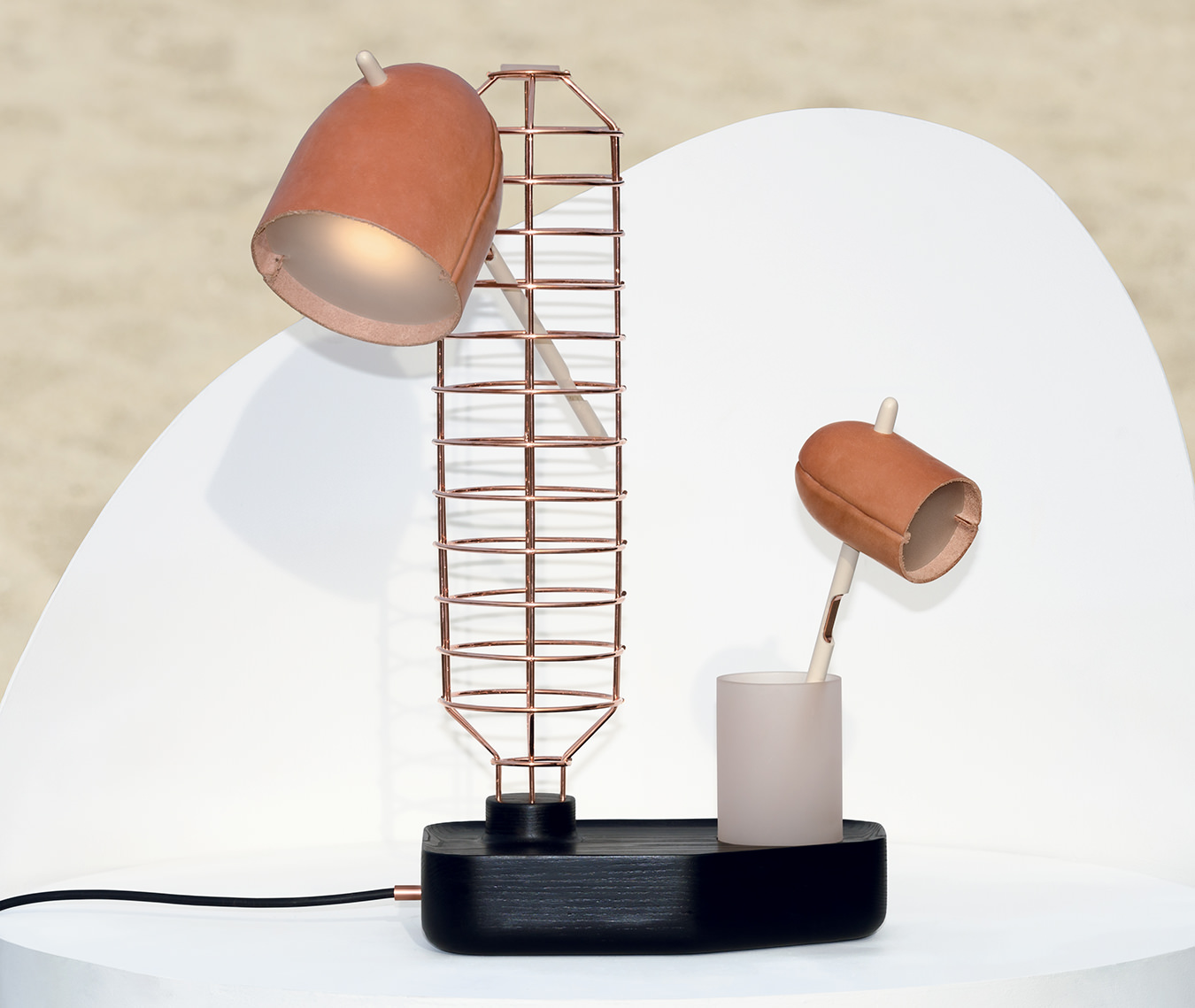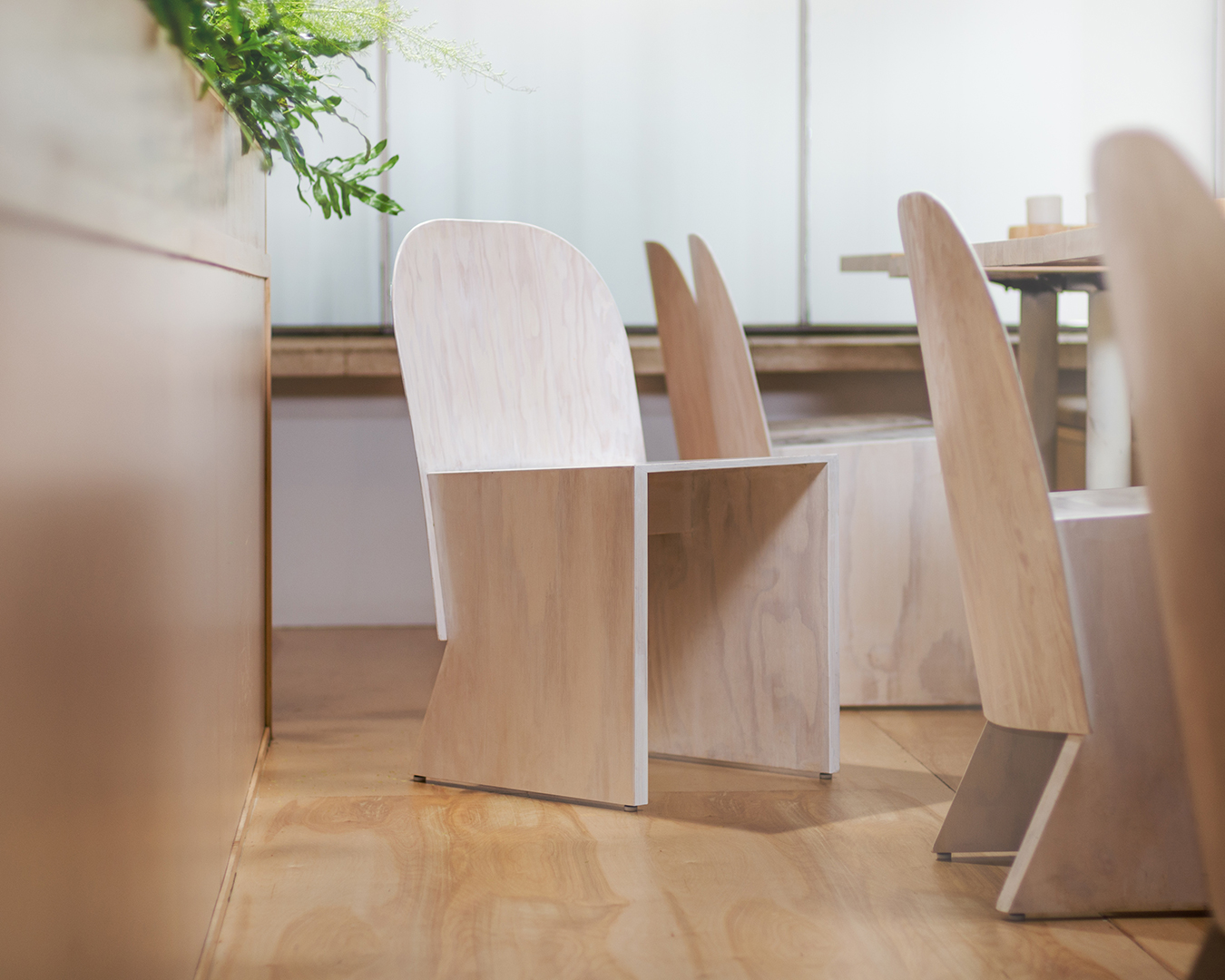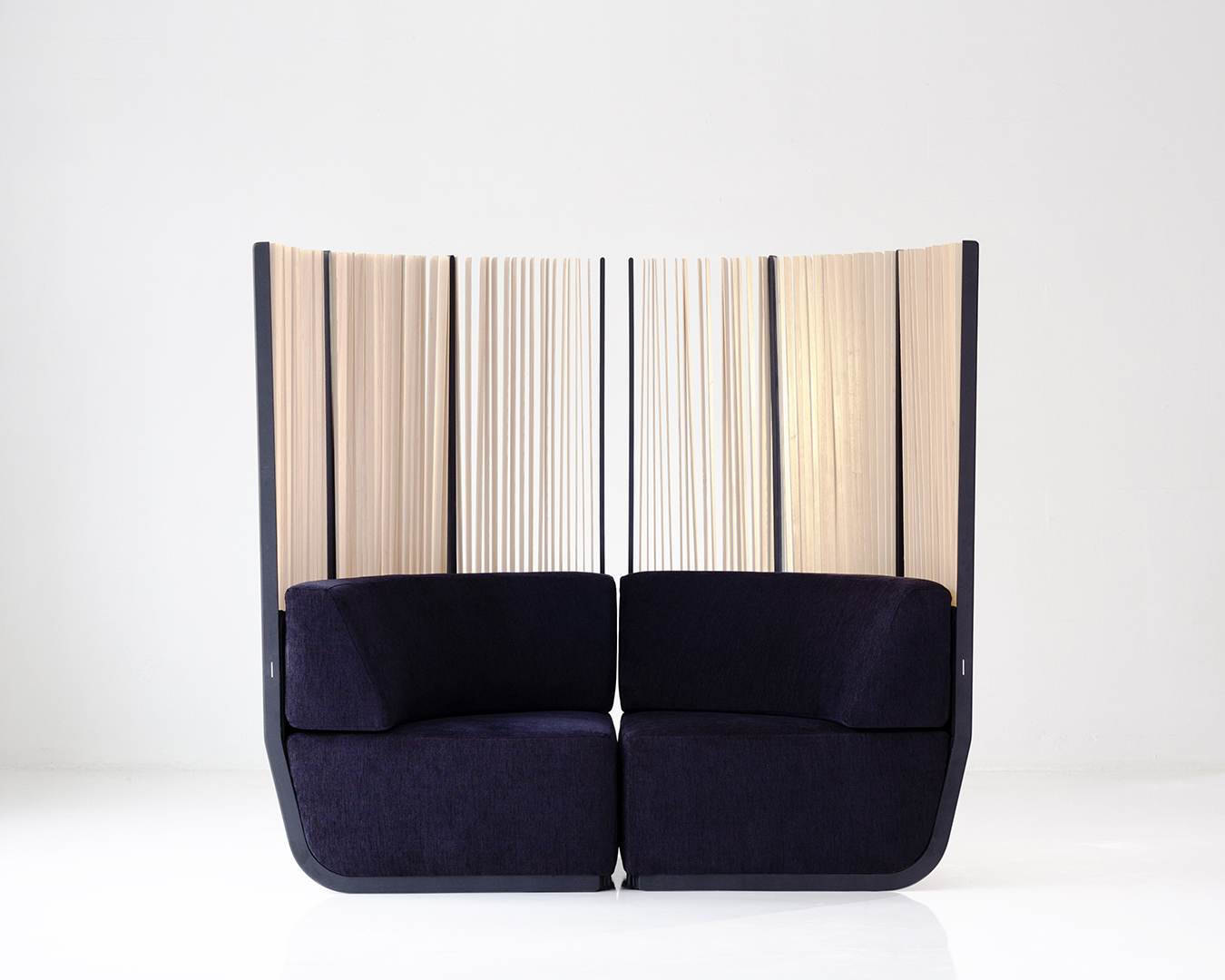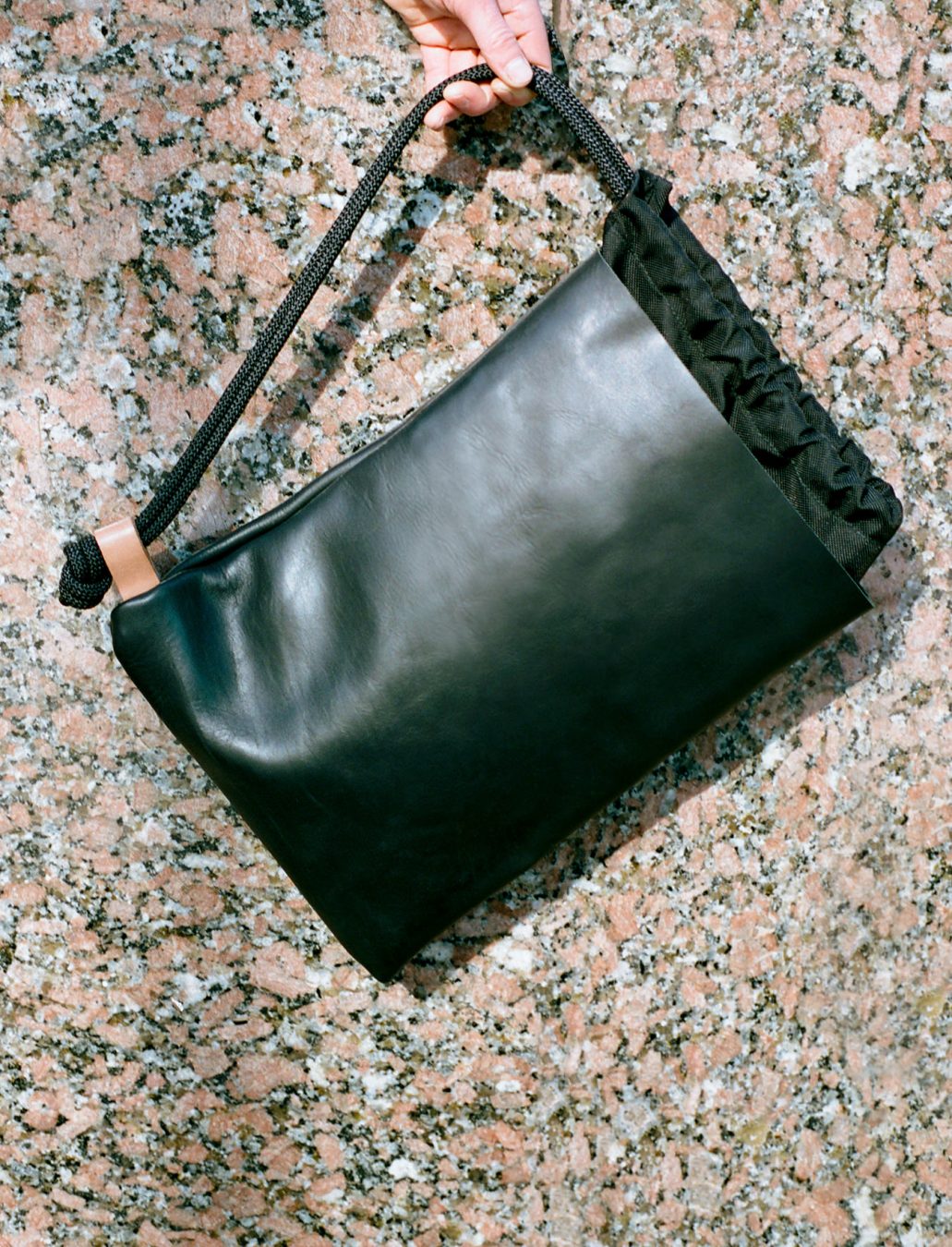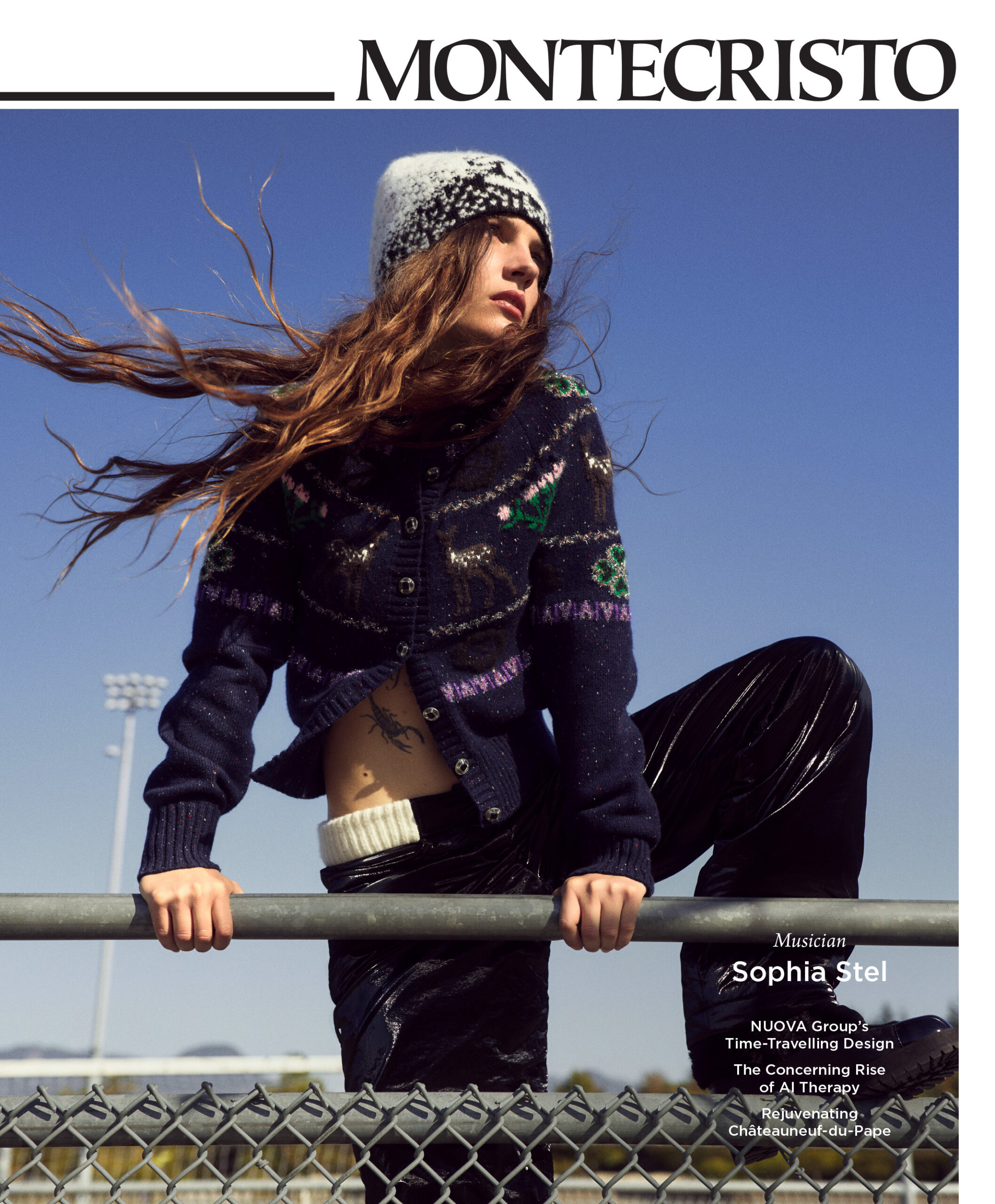Relationships are often a little awkward at the beginning. Feelings of uncertainty underscore new interactions but soon concede their dominion to a comfortable familiarity, one that becomes ever so present that its absence produces a sense of unease. The objects of Knauf and Brown flirt with our more playful desires. They’re like the cute neighbour next door, the one to whom you’re too shy to say hello. Quirky, but with a hint of magic because they’re just a little bit weird.
To Knauf and Brown, the relationship between humans and their objects is of primary importance. Passive interaction with the things that populate our everyday lives produces a breed of complacency that contributes to thoughtless over-consumption and needless disposal. Interaction with these objects becomes automatic: they no longer require consideration, and are fortunate if they even encourage an afterthought. This sort of automatic interaction is precisely what Knauf and Brown’s Standard Collection attempts to subvert, inviting us humans to constantly confront the objects in our lives and resist the diabolical entropy of passive interaction.
Conrad Brown and Calen Knauf founded Knauf and Brown in 2013. The slim profile of the pair’s Heavystock shelving unit attracted the attention of Kenyon Yeh, the proprietor of the Taiwanese design company, Esaila. “We’d always known that we wanted to form a studio, but we never said it explicitly until then,” says Knauf. Until this past January, the pair has worked out of a small studio space in Knauf’s home, but have since located to a proper space in Vancouver’s Chinatown neighbourhood.
Each of their objects suggests a new mode of interaction. The Standard Floor Coaster, for example, began as a charming block of wood whose low posture allowed it to be shuttled around a room to wherever its surfaces were required, ready to accept drinks or small objects that require temporary accommodation. Over time it was repeatedly broken (people would sit on it) and repeatedly fixed. Its importance as an object, however, wasn’t revealed until its absence during those periods of repair. “I really love this table,” says Knauf. “I developed a real attachment to it and I thought it was really interesting how important this piece of furniture was to me. We want to make objects that become that important to people.”
The next iterations involved elevating the block a few millimeters above the ground, giving it narrow wheels nearly equal in height, encouraging its nomadic tendencies while remaining stable at rest. Its lid lifts up and rests just above the rim to reveal padded leather storage, allowing items to be retrieved or deposited while still holding objects on top. “Because it’s always moving around, you’re constantly touching it, thinking about it,” says Knauf. “Through these small interactions, you’re constantly developing a unique relationship with your object,” says Brown.
With similar design intentions, the Standard Table Lamp has no on or off switch. On conventional lamps, the light switch is dangled from a wire behind a table, or tacked to a wall. “You’re never touching the lamp itself and in that you don’t really consider the lamp and the joy it brings you,” says Knauf. The Standard Table Lamp asks us to select either a flood or spot light (or both) from a vase and place them into its exposed copper coil. As the two make contact the light turns on gently, as if awakening with a slow stretch. The interaction is satisfying, with a subtle sense of achievement. “You’re grabbing the actual thing that makes the light and you put it in, instead of reaching for a switch that’s not really attached to anything.” It’s through this act of making a conscious decision about light quality, position and behaviour that the relationship between a user and the light is established.
Thoughtful care and attention is key to any successful relationship. And when things get broken, they might not always be repairable with pieces of dowel and glue, but hopefully the connection that is formed makes us think twice about tossing something aside and, instead, finding some way to allow these things to continue to enrich the fabric of our everyday lives.
Photos courtesy of Knauf and Brown.


